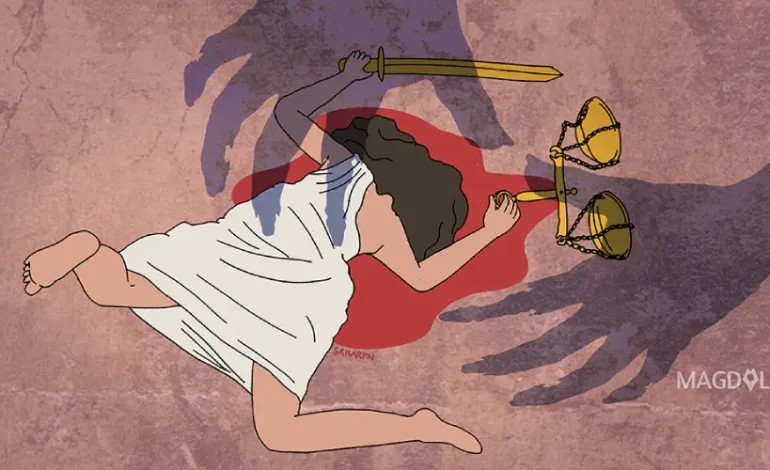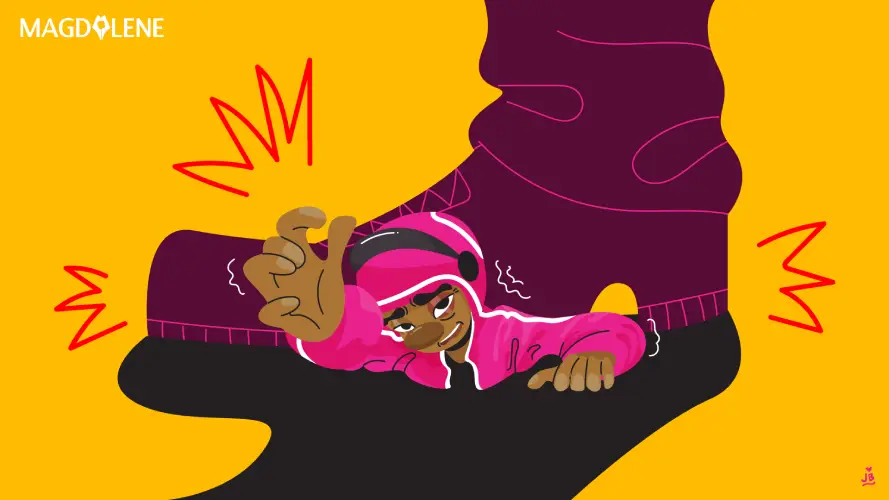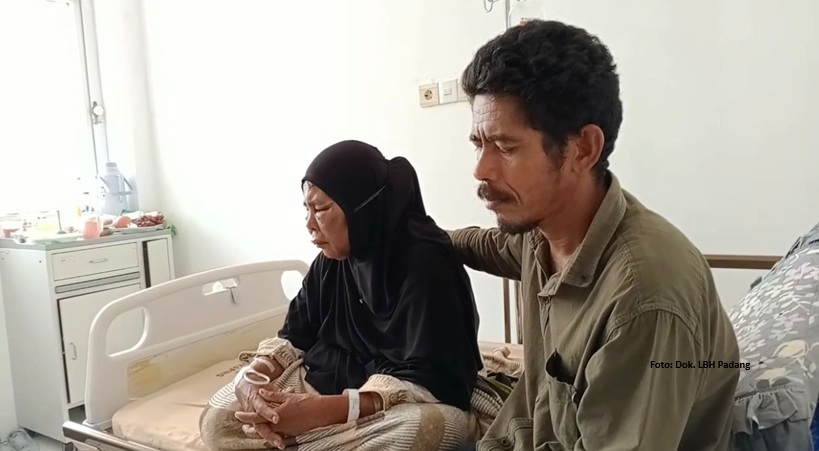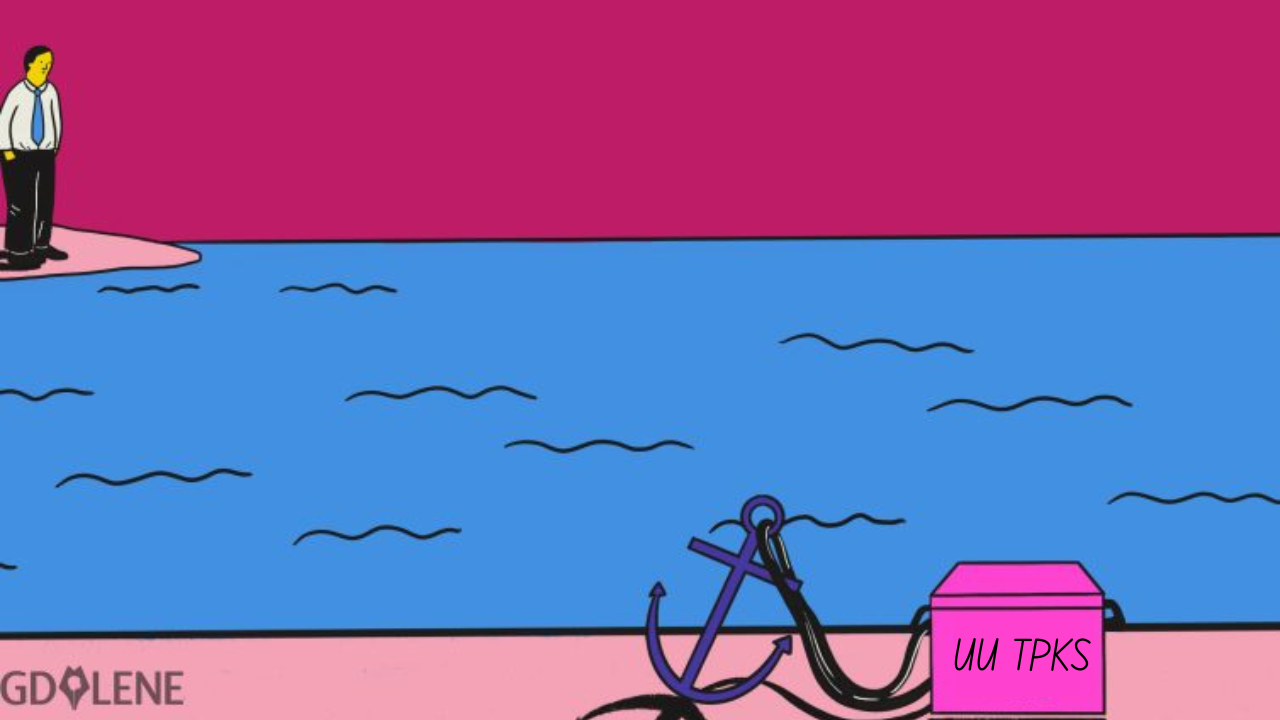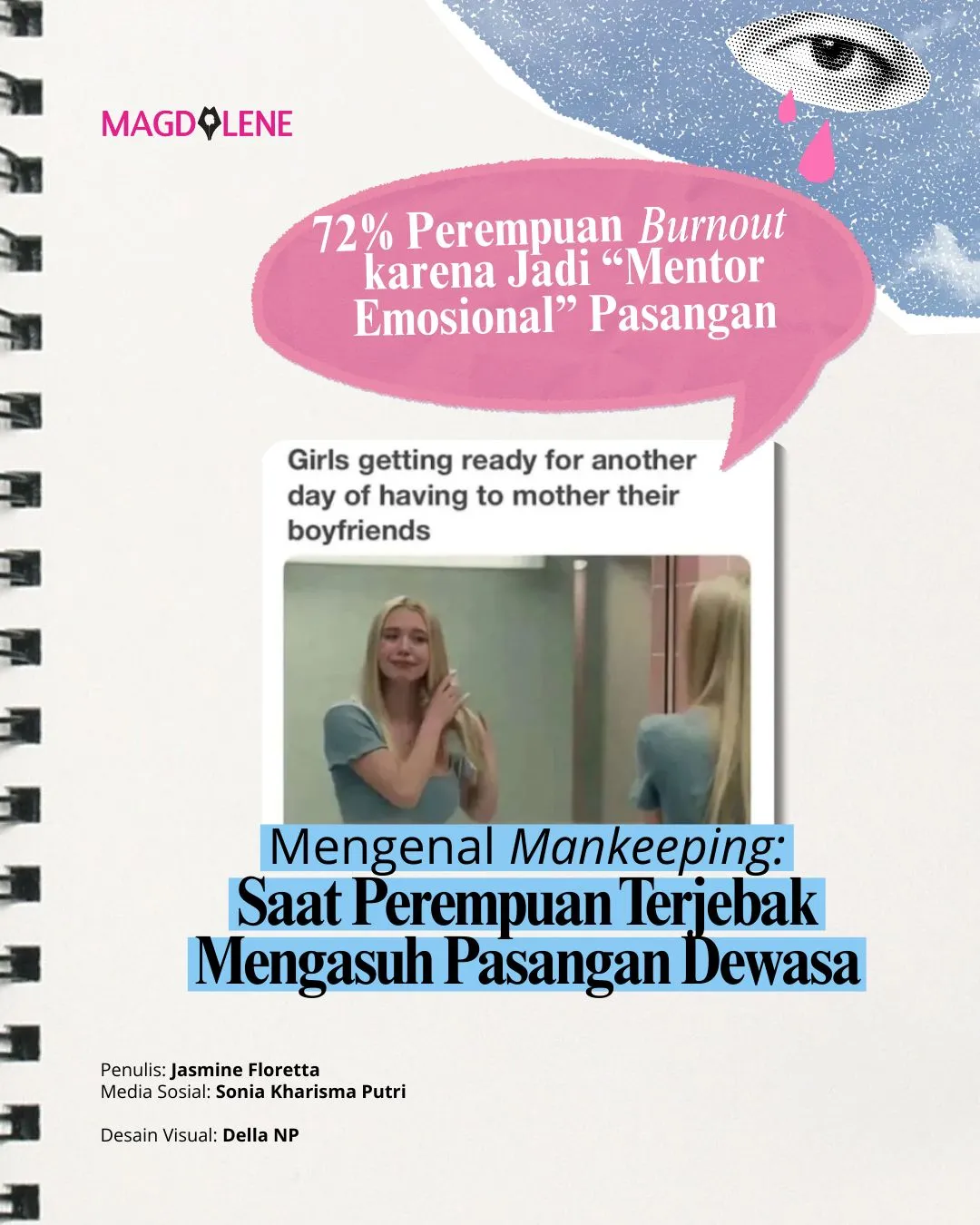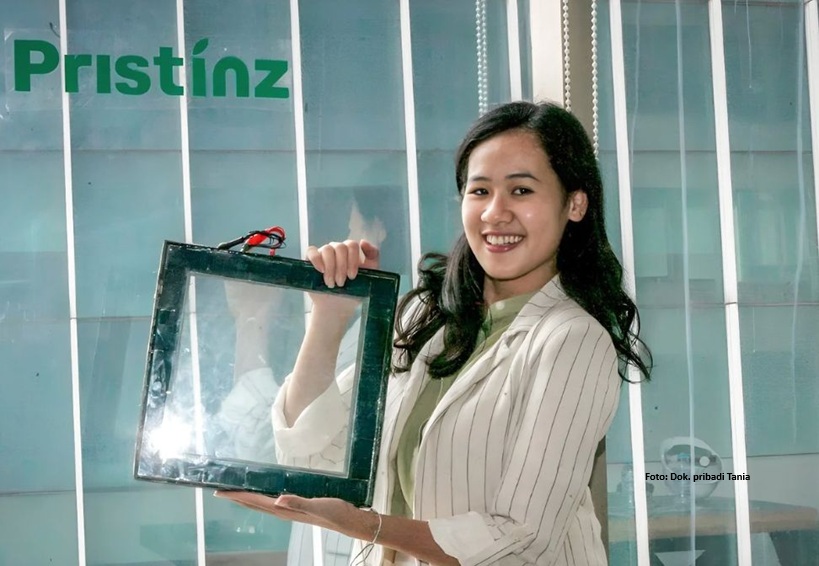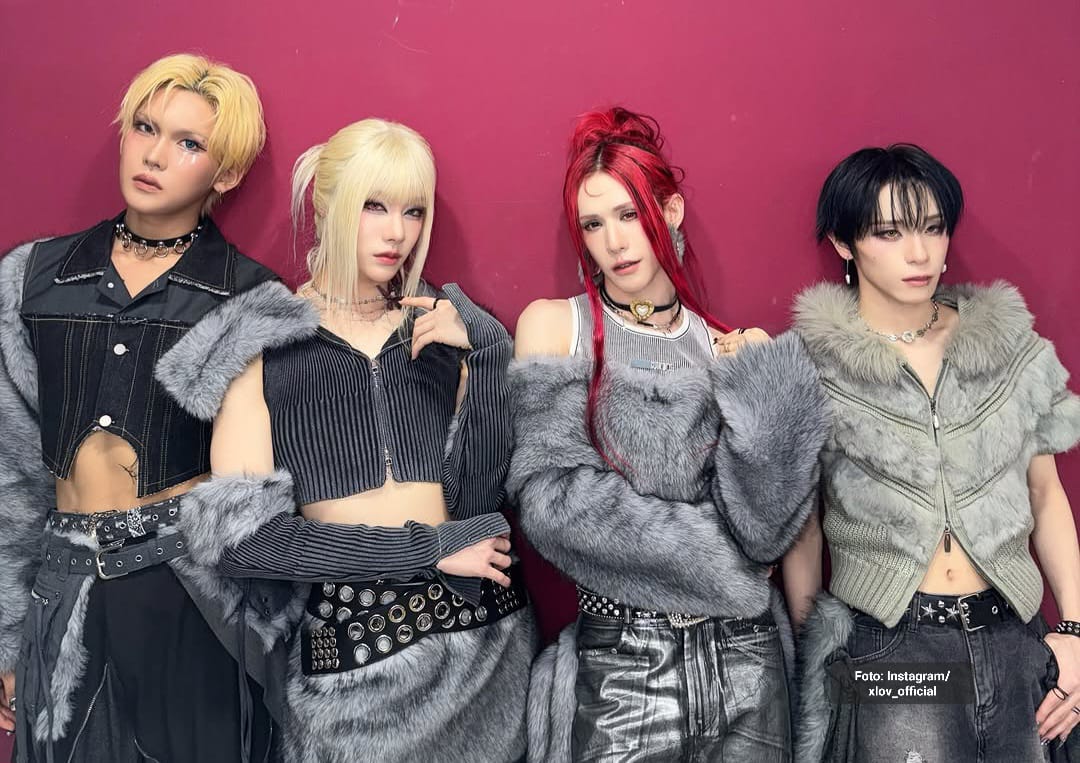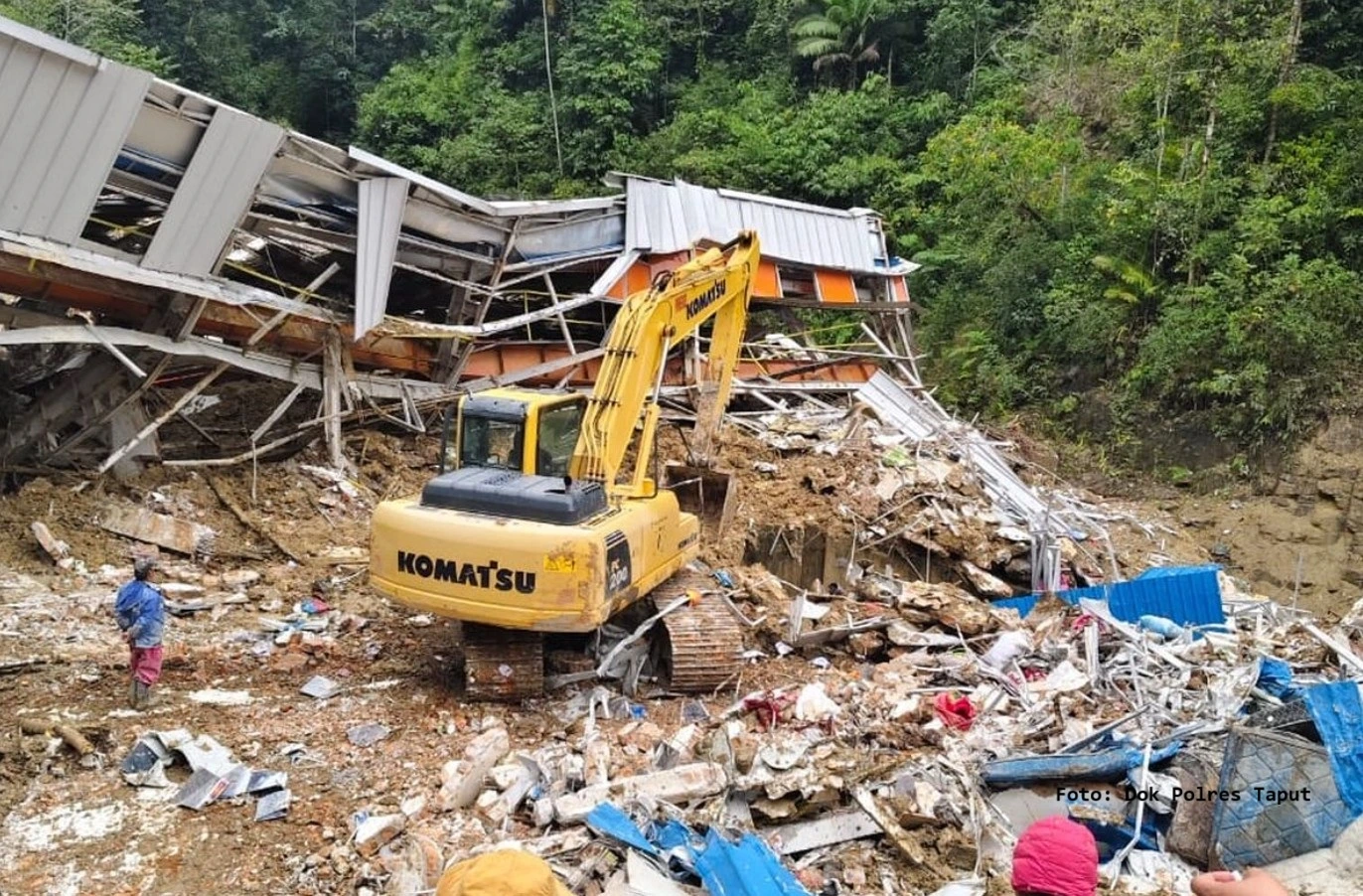Sexual Harassment at Workplace Moves to the Virtual World amid the Pandemic

The one good thing about working from home in the COVID-19 pandemic time is that at least you will be free from the risks of being sexually harassed at work, right? Think again. Sexual harassment is no longer happening in the physical work place these days. They exist in digital communication mediums, from messenger apps, social media to webinars. This is the result of a research by the Never Okay Project, an initiative to eradicate sexual harassment in collaboration with Southeast Asia Freedom of Expression Network (SAFEnet).
Titled “#NewAbnormal Sexual Harassment Situation in the Working World during Work From Home (WFH)”, the research was held on April 6-19, 2020 involving 403 respondents. Some of the findings are: 62 percent of the respondents received sexual jokes, 34 percent were sent sexual content (photos, videos, audio, texts, stickers) without consent, 29 percent received comments (insults or negative critique) about their= body shape, and 25 percent were sexually seduced without consent.
Sexual harassment during WFH occurs in various ways, because during this time workers use more than one medium of communication technology. This makes 78 percent of the victims were harassed through between two and seven communication technologies in a month of WFH.
Ellen Kusuma from SAFEnet said the increased use digital communication technology during WFH have changed people’s behavior when it comes to communicating.
“For example, some people feel the need to make jokes with their co-workers. People tend to behave themselves more in person, but online it’s different. (Sexual jokes without the consent of both sides) can be categorized as gender-based online violence,” said Ellen in a discussion about the research recently.
“In the working world, communication technology is commonly used to work with plenty of people at once. If this technology then becomes the place where sexual harassment occurs the most for workers, then the culture of neglecting and normalizing in the form of harassment remains powerful,” she said.
Imbalanced power relations
According to this research, 56 percent of sexual harassment is committed by bosses or senior co-workers. This illustrates the impact of imbalanced power relations, whether between job positions or even in between genders, that occur in the working world.
According to the Never Okay Project initiator, Alvin Nicola, power relation affects one’s vulnerability when experiencing sexual harassment at work: “The majority of victims were in the relationship status as contract forces, interns, and staff. We did not find any entrepreneurs who have been victims.”
That fact is also worsened by fact that most companies lack a standard operating procedure or regulations to handle sexual harassment cases. The research shows that only 15 percent of companies corporations already have anti-sexual harassment regulations. The lack of priority on preventing sexual is the reason why employees have minimal trust in their companies when they become sexual harassment victims.
As much as 94 percent of sexual harassment victims don’t report to their company’s human resources development for several reasons. Thirty-eight percent feel the HRD wouldn’t act upon the case, 35 percent worry their career might be affected by the complaint, 27 percent of the victims are worried no one in their companies would believe them, and 24 percent said they are afraid they might be blamed for it.
The respondents stated their wishes related to sexual harassment during WFH: strict sanctions for perpetrators (76 percent), availability of a hotline for sexual harassment case complaints (67 percent), and a mechanism for clear and directed reporting (66 percent). These three things could be accommodated if the companies make clear regulations to manage the issue of sexual harassment.
Women’s rights activist Valentina Sagala said sexual harassment is such a distinct case that contains multiple dimensions and variables within it. Because of that, companies need to create distinctive mechanisms and regulations that are separated from other matters, including HRD, she said.
“Asides from a clear reporting mechanism, there should be tools or well-trained people capable of stating firmly who the perpetrator is and who the victim is. They should receive training so that they have the confidence to determine a sexual harassment and give the sanctions,” said Valentina, writer of the book 100 Tanya Jawab Seputar Kekerasan dan Pelecehan Berbasis Gender di Dunia Kerja (100 Questions and Answers Around Gender-Based Violence and Harassment in the Working World).
“The mechanism has to be distinctive. It wouldn’t be good if it’s only given to the HRD, especially if the perpetrator comes from the HRD department. There needs to be a new way,” she added.
The challenge is, said Valentina, that there hasn’t been a clear definition of the term sexual harassment itself. But work place can refer to three indicators: Gender-based or done solely due to gender identity, instead of their social or financial status; attacks the dignity of the victim; and related to body and sexual desires.
Ellen from SAFENet said now is the momentum for companies to create a better working environment in preventing and handling sexual harassment. The results of this research have proved that sexual harassment can happen anytime and anywhere, even in situations when co-workers don’t meet face-to-face at work.
“Don’t let this (sexual harassment during WFH) happen and allow it to be in the long run. When someone commits sexual harassment, they have done something abnormal,” said Ellen.
Translated by Tabina Amarilla from the original version in Indonesian, this article is supported by Splice Lights On Fund grant from Splice Media.
If you or someone you know need help to get out of domestic or online violence, contact Komnas Perempuan at 021-3903963 or [email protected]); or Lembaga Bantuan Hukum Asosiasi Perempuan Indonesia untuk Keadilan (LBH APIK at 021-87797289, WA: 0813-8882-2669, and [email protected]). Click the complete list of all service institutions/organizations here.


